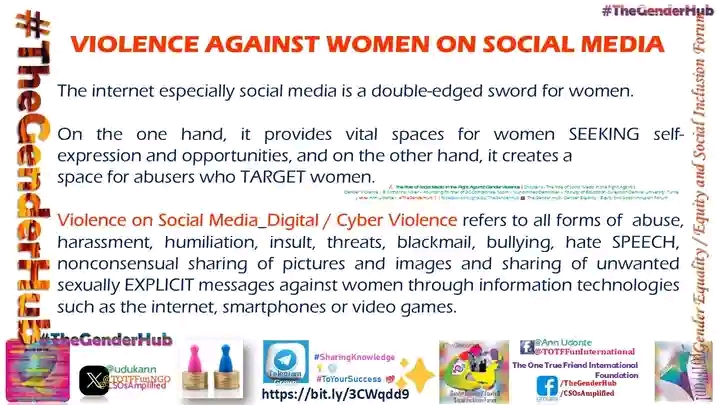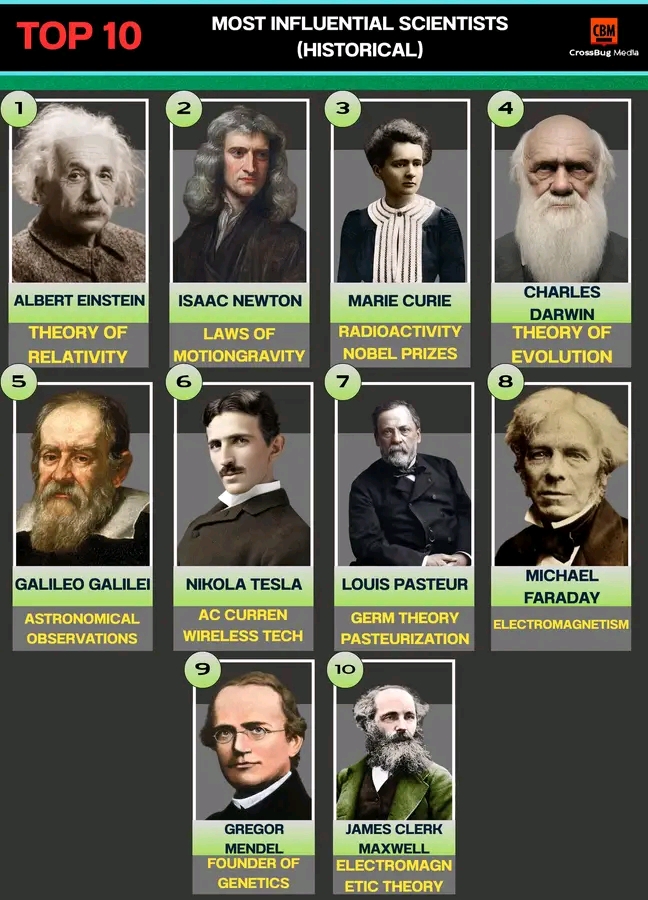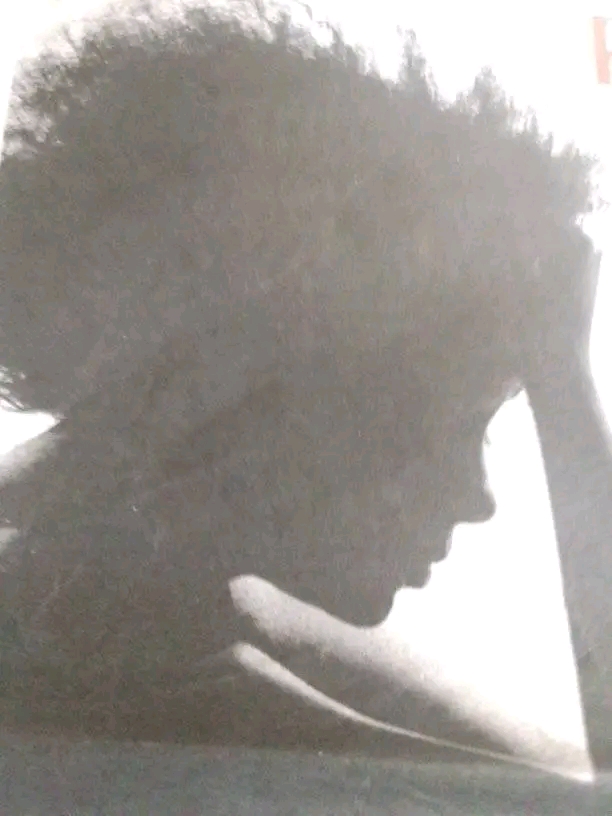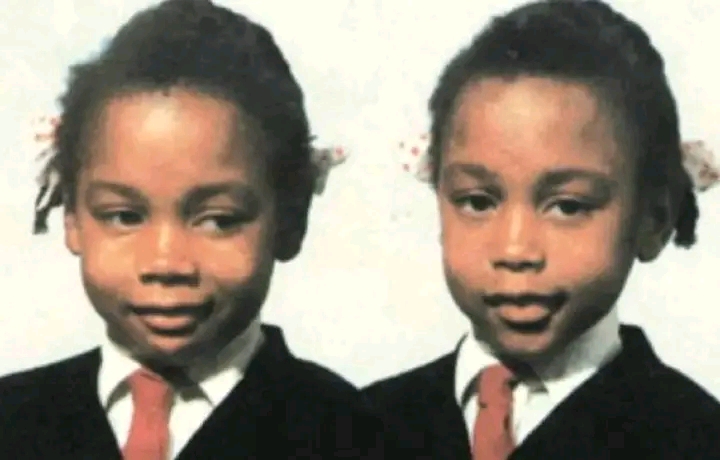Theoretical perspectives to gender inequality
Theoretical perspectives to gender inequality
THEORETICAL PERSPECTIVES FOR GENDER INEQUALITIES.
A.RADICAL FEMINIST VIEW.
Radical feminists argue that gender inequalities originate from patriarchy, a system where men hold primary power and dominate women in social, economic and political spheres. They see gender oppression as deeply embedded in society, rather than just a byproduct of economic or cultural factors.Key aspects of the radical feminist perspective on gender inequality include:
1. Patriarchy as the root cause -radical feminists believe that patriarchy predates capitalism and other social structures. They argue that men maintain power over women through control of institutions, laws, and cultural norms.
2. Control over womens bodies - Women’s reproductive roles are seen as a key reason for their oppression. Issues like abortion rights, contraception and control over childbirth are central to feminist struggles. Practices such as female genital mutilation, honor killings and sexual violence are seen as ways to control women.
3. Sexual violence and objectification - Radical feminists view rape, harassment and pornography as tools used to keep women submissive. They argue that male control over womens sexuality reinforces inequality.
4. Gender roles and socialization- women are conditioned from birth to accept submissive roles through socialization. Traditional family structures, education and media reinforce the idea that women should be nurturing and obedient while men are dominant.
5. Critique of liberal feminism - Radical feminists believe that legal reforms alone (such as equal pay or anti-discrimination laws) are not enough. They argue for a complete dismantling of patriarchal structures, not just gradual change.
6. Potential solutions- some radical feminists advocate for separatism (women creating their own communities away from men). Others push for revolutionary change, challenging institutions like marriage and traditional family structures.
Criticisms.
Some argue that radical feminism oversimplifies gender inequality and ignores class, race and economic factors. Critics also say that it presents men as a monolithic oppressor group rather than recognizing individual differences.
B.MARXIST/SOCIALIST PERSPECTIVE.
The above perspective focus on the relationship between capitalism, class and patriarchy.The key arguments of Marxist/socialist perspective includes:
1.Labour and exploitation of women-Women were not paid for labour,they did it at a zero cost.Friedrich Engels argued that this emerged because of private property ownership by men as women were left to do domestic labour like child care.
2.Women subjection to double burden and work-Women performed both productive labour like going out and looking for paid employment as well as reproductive labour like child care and domestic chores.
3.A wage gap in employment-Women were concentrated in very low paying jobs and insecure jobs.In addition to this,they were paid very low wages for performing these jobs in toxic environments.
4.Womens liberation through socialism-Socialists like Friedrich Engels argued that the only way to rescue women from the exploitations was through universalism and collectivism.This means that every task was to be shared by everyone despite your gender for example childcare and ownership of properties.
Criticisms.
1.Too much focus on economic factors for example employment and ignoring cultural influences and aspects.
2.Overemphasis on universalism and collectivism even for the gender issues which could have been resolved at a lower level than the state as a whole.
C.LIBERAL FEMINIST PERSPECTIVE.
The perspective argues that gender inequality arises because of discriminatory laws,outdated social norms and lack of opportunities for example education and employment.The arguments included:
1.Workplace rights and equal pay-It advocated for equality in payments despite the gender and provision of compulsory maternity leaves as among the policies in the employment acts.It also included,gender-neutral hiring practices.
2.Legal and political equality-Liberalists like Mary Wollstonecraft and John Stuart Mill advocated for equality civic education and voting.
3.Education and economic activities-Thinkers like Betty Frieddan argued that the primary roles of women was to become housewives and therefore challeged this.She challenged this by advocating for equal opportunities to women.
4.Elimination of gender stereotypes-It focused on challenging the view that women are weak and are less capable but rather to empower them to be energetic and powerful.
Solution to this was to ensure policy reforms in the fields of education, employment and law.
Criticisms.
1.Lack of focus on mens role in gender equality.
2.Neglect of class and race issues and roles in gender inequality.
3.Too much focus on legal equality and ignoring other factors like universalism and collectivism.
D.PATRIARCHY AND GENDER INEQUALITY.
Patriarchy refers to a system of male dominance and these men oppress and exploit women politically, socially and economically.Thinkers such as Gerda Lerner in 1986 found arguments related to this perspective and they include:
1.Rise of private property and state institutions led to gender inequality-This is because men took total control over wealth as well as all the resources leaving women lagging behind in terms of economic and social developments.
2.Identified structures which were meant for men to dominate and oppress women-Men was to dominate superiority in paid work, households productions, culture and sexuality.
3.Reinforced patriarchy by culture and social institutions-Culture, religious institutions viewed women to be inferior as compared to men who were considered very superior.Therefore, women had no voice when it comes to these institutions.
Criticisms.
1.Much focus on economic factors like private property ownership leaving behind legal factors as in the liberal feminist perspective.
2.Overgeneralization;it considers men as the main cause of gender inequality.
E.ANY OTHER (WE CHOSE INTERSECTIONAL FEMINISM)
Developed by Kimberle Crenshaw and focused on the integration of roles of social identities like race,class, sexuality and ability.Oppresions faced by women were arising as a result of integration of the above factors.
It has been considered the best perspective since it considers most of the factors.
Criticism.
1.It has been seen as very complex since it involves unified strategies to address gender equality.
References.
Engels,F.(1884).The origin of the family, private property and and state.International Publishers.
Friedman,B.(1963).The feminine mystique.Norton Company Publishers.
Hartman,H.(1981).The unhappy marriage of Marxist and feminism.Progressive union publishers.
Walby,S.(1990).Theorizing patriarchy.Basil Blackwell





















